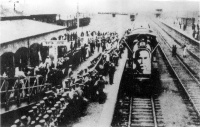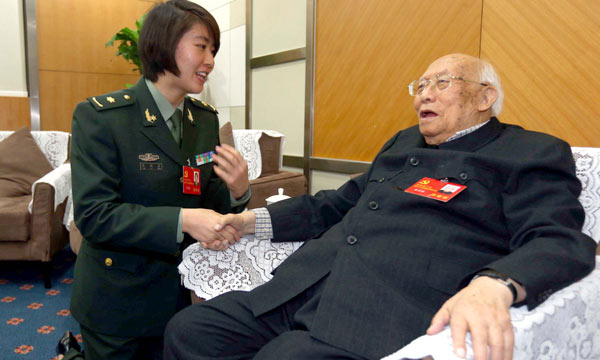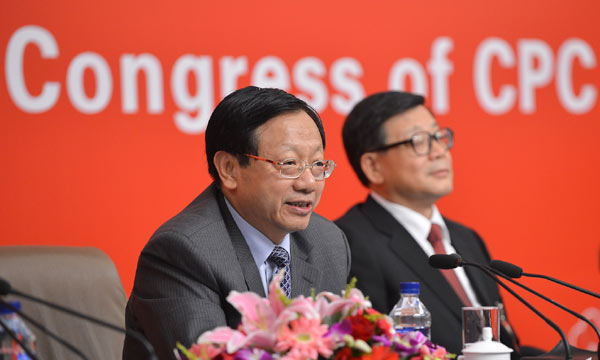Revolution of 1911
(wiki.china.org.cn)
Updated: 2011-07-27 16:31
|
 The Revolution of 1911 |
The revolution was a part of extensive popular uprisings that had been occurring against the Qing Dynasty (1644-1911) since the mid 1800s. The Wuchang Uprising began as diverse groups joined in southern China to combat Qing rule. Led by Sun Yat-sen, the groups formed what was known as the Revolutionary Alliance, which advocated the replacement of the Qing with a republican form of government.
By 1911, the Qing Dynasty lost much of its influence in the provinces as local warlords declared sovereignty. General Yuan Shikai was sent to quell the rebellion. During this time, Sun Yat-sen set up a provisional government in Nanjing under the Nationalist Party with Yuan's support. Yuan returned to Beijing and forced the emperor and his mother to abdicate the throne. It was under these circumstances in which the Republic of China was established in 1912.
The revolution was brought about by a number of factors, including but not limited to Qing corruption, Western and Japanese subjugation, the growth of local spheres of power, Warlordism, increased poverty amongst the populace, and Chinese intellectuals' growing exposure to Western schools of thought. Another motivation for the Republican supporters was restoring Chinese rule to the Han majority after centuries of Manchu rule. The political basis for the movement was Sun Yat-sen's Three Principles of the People (Sanmin Zhuyi), nationalism, democracy, and socialism.
Video







